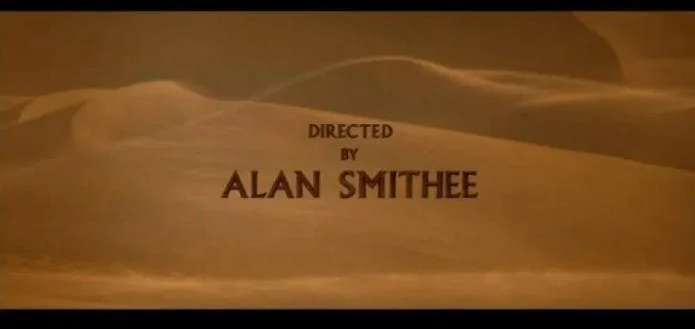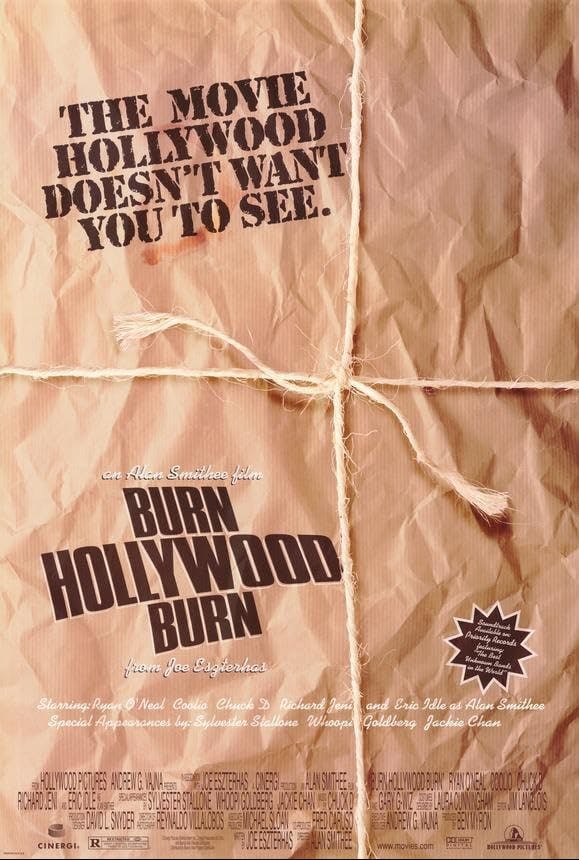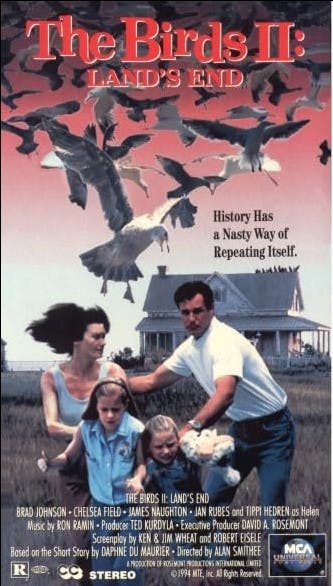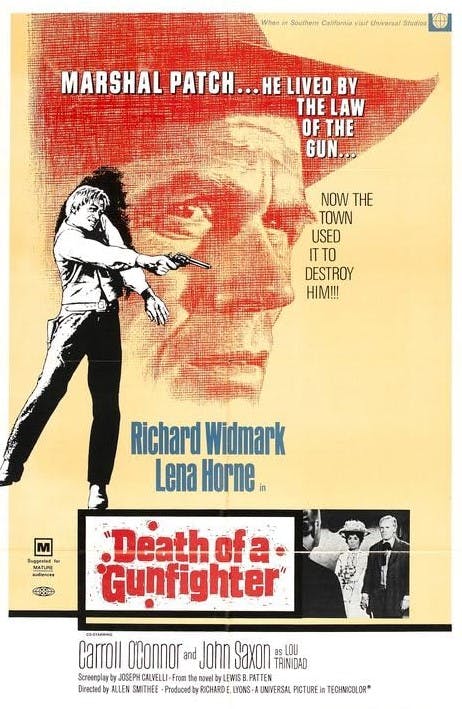For over 30 years, one name appeared repeatedly as the director of some of the worst movies ever made: Alan Smithee. But Alan Smithee wasn’t a real person. He was a pseudonym used by Hollywood directors who wanted to disavow their finished films. The story of how this fictional director became synonymous with cinematic disasters offers an intriguing peek behind the scenes of the film industry.
The Birth of Alan Smithee
In 1969, the western film Death of a Gunfighter ran into significant trouble during production. Lead actor Richard Widmark feuded constantly with director Robert Totten, resulting in Totten’s dismissal mid-shoot. His replacement, Don Siegel, also clashed with Widmark. When the movie was completed, neither director wanted their name associated with it.

To resolve the dilemma, the Directors Guild of America (DGA) allowed the directors to use a pseudonym. Initially, the name “Al Smith” was proposed but was deemed too common. It evolved into “Alan Smithee,” a unique alias designed to avoid confusion with real individuals. Interestingly, critic Roger Ebert, unaware that Smithee was fictional, even praised his work. Thus, the birth of Alan Smithee as a Hollywood scapegoat began.
Heyday of Alan Smithee
Between the 1970s and 1990s, Alan Smithee became the go-to name for disowning films. Directors invoked the pseudonym when studios radically altered their work, stripping them of creative control. Over time, Smithee amassed an eclectic and infamous filmography filled with duds.
Among his “credits” were the Hitchcock remake The Birds II: Land’s End, a segment of Twilight Zone: The Movie, the Sylvester Stallone flop Let’s Get Harry, and several Hellraiser sequels. Alan Smithee’s name became a silent protest against studio interference, signaling to insiders that a film’s production had gone disastrously wrong.

Smithee’s identity wasn’t limited to directors. Screenwriters and other contributors also began using the alias when their work was heavily rewritten or edited against their wishes. This broadened the pseudonym’s reputation as Hollywood’s ultimate escape hatch for creative frustration.
The Infamous Burn Hollywood Burn
Ironically, the very concept of Alan Smithee unraveled in 1997 with the release of An Alan Smithee Film: Burn Hollywood Burn. The satirical movie starred Eric Idle as a director who’s unable to disown his own disastrous project because his pseudonym is… Alan Smithee.

In a bizarre twist, the film’s actual director, Arthur Hiller, was so dissatisfied with the final cut that he invoked the Alan Smithee pseudonym for himself. This meta-level irony turned the movie into a laughingstock and cemented Smithee’s association with Hollywood failures. The DGA ultimately decided that the name’s notoriety had compromised its original purpose, leading to its retirement in 2000.
Death of Alan Smithee
With Burn Hollywood Burn, Alan Smithee’s once-secret identity became mainstream knowledge. The DGA recognized that the pseudonym could no longer function as a discreet protest tool. In 2000, the sci-fi film Supernova became one of the first to use a new placeholder name: Thomas Lee. The retirement of Alan Smithee marked the end of an era.
Although Smithee is gone, his legacy endures. The name remains shorthand for artistic failure and a symbol of the power struggles between directors and studios. Films legally credited to Smithee after 2000 likely breach DGA rules, further highlighting his enduring cultural footprint.
Behind the Myth
The phenomenon of Alan Smithee raises deeper questions about creative control in Hollywood. Who truly owns a film—its director or the financiers? Should artists have the right to disown their work when it no longer reflects their vision?

Studios often won the battle for final cut, especially during Smithee’s heyday in the 80s and 90s. The pseudonym became a coping mechanism for directors facing interference. While it allowed filmmakers to distance themselves from failures, it also perpetuated a culture of blame rather than accountability.
What the Future Holds
Today, the DGA permits unique pseudonyms on a case-by-case basis, but Alan Smithee’s shadow looms large. His story underscores the ongoing friction between artistic integrity and commercial interests in Hollywood. As long as creative clashes persist, the appeal of an untraceable alias remains.
Alan Smithee may have been remembered as Hollywood’s worst director, but his legacy reflects something deeper: the struggle for creative control, the quest for artistic integrity, and the timeless tension between vision and compromise.

 Additional Facts
Additional Facts
144
Movies are attributed to Alan Smithee as Director, 44 as an actor, 33 as writer and he’s credited for other roles as well on IMDB.
Almost an Oscar
Director Tony Kaye was unhappy with the final cut of American History X and wanted to replace his name with the pseudonym “Alan Smithee” as per Directors Guild of America’s practice. The DGA denied this since Kaye had publicly criticized the movie. Instead, he requested the name “Humpty Dumpty” and even considered a legal name change. He later sued New Line for $200 million.
Ed Norton who played the lead role won an Oscar for his performance and the movie got raving reviews.
This is the closes Alan Smithee came to getting an Oscar for one of ‘his’ movies.
Heat
Forty minutes were trimmed from Michael Mann’s critically acclaimed film “Heat” featuring Al Pacino and Robert Deniro. These cuts were made in order to fit a 3-hour slot with ads for TV broadcast. Mann was so upset with these with the results, he disowned the TV version, giving credit to Alan Smithee. Even with this edit, Heat boasts high ratings on Rotten Tomato, making the broadcast version a standout in Smithee’s portfolio.



